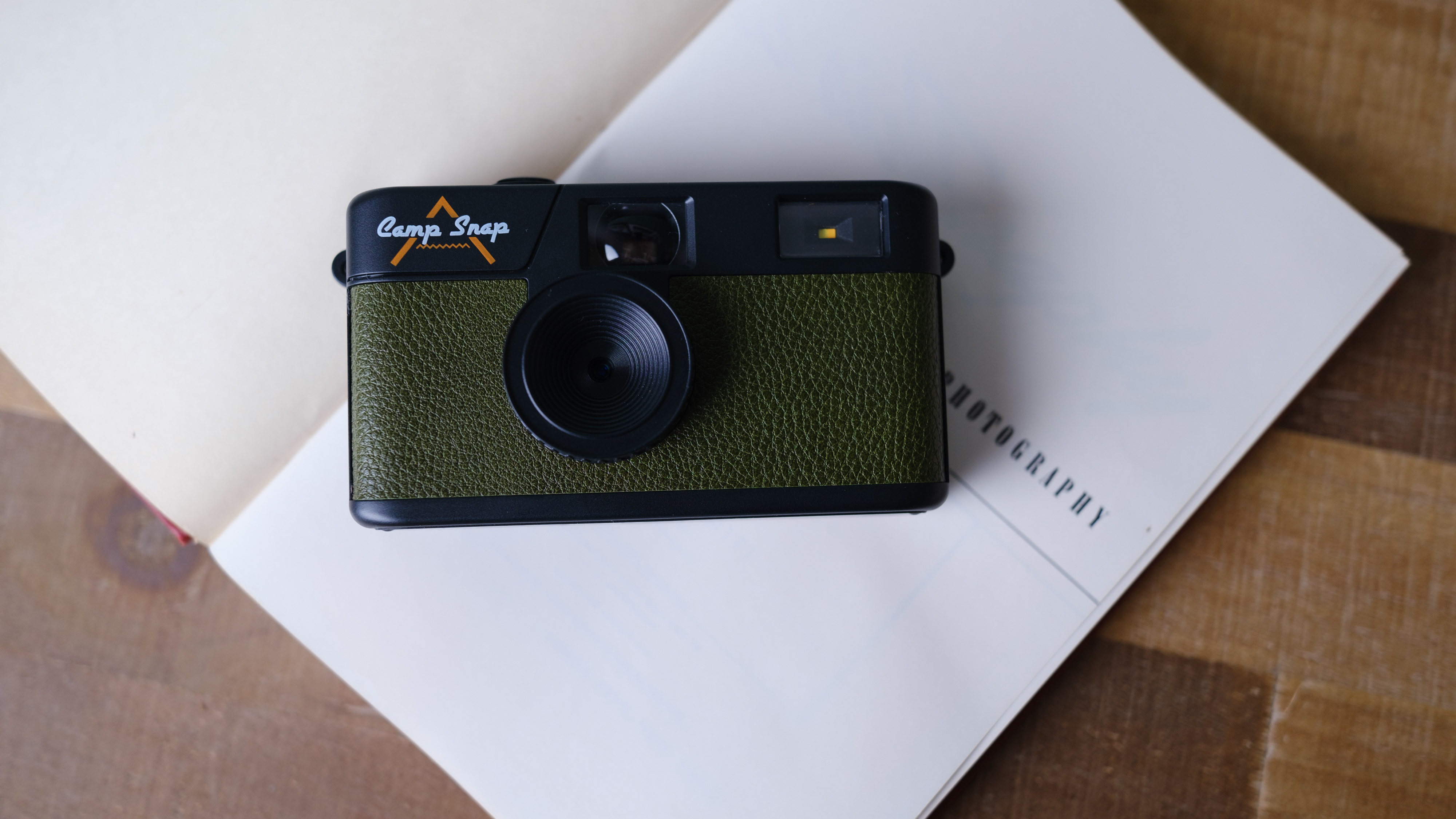Is film better than digital photography in 2022? We asked an expert
Given the convenience and quality of digital, why have some professional photographers, including Matt Parry, returned to film... and is it something we should consider?
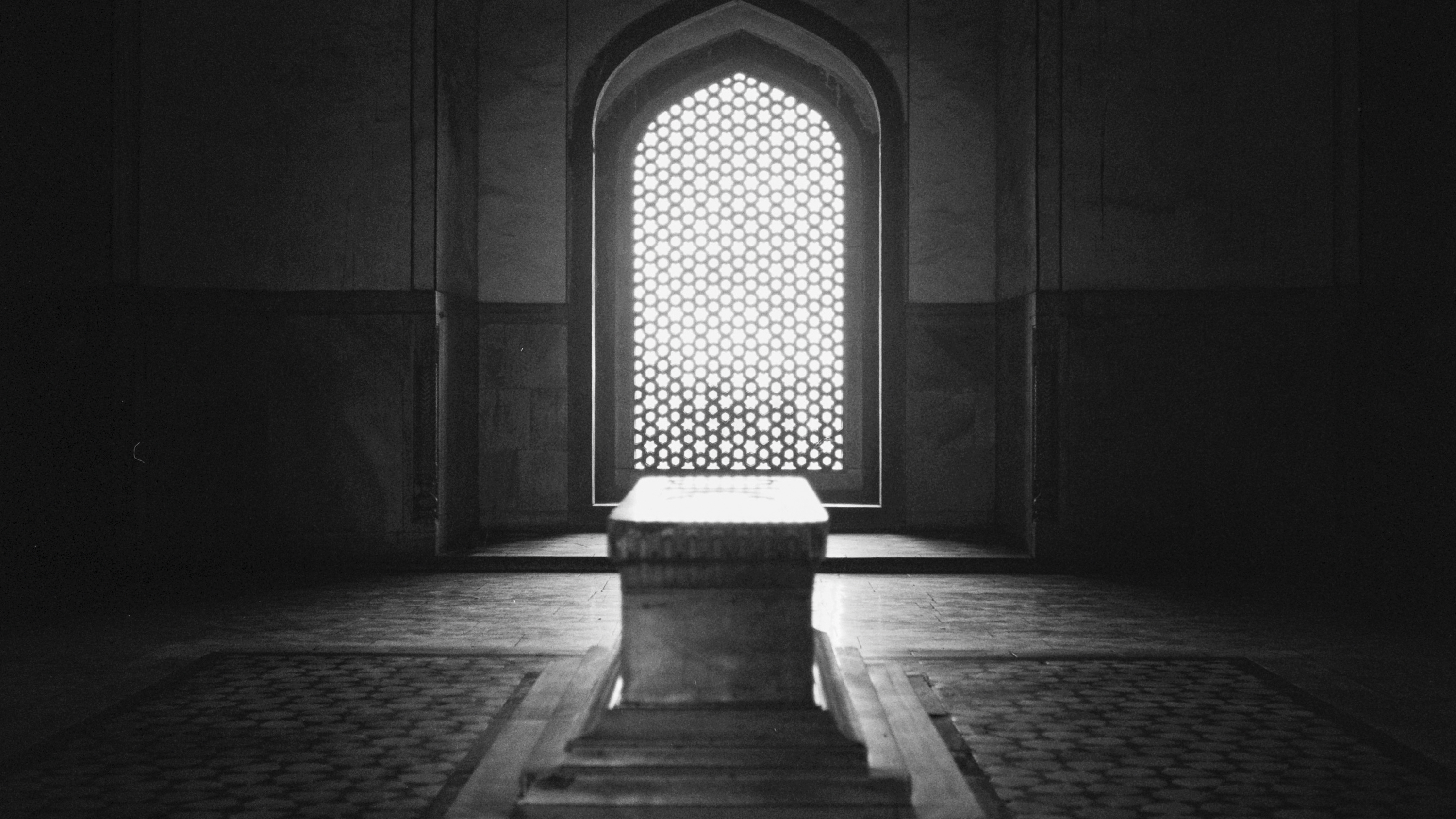
Digital photography heralded an evolution, not just in how we capture images but also how we consume them. This change eventually rendered shooting on film all but redundant in a commercial capacity as professional photographers made the switch to digital.
The game-changer was that digital allowed rapid delivery of images. Online content is instant and printed media has arguably suffered as a result. Social media and smartphones played their part too, as content creation was no longer exclusive to pros or media companies.
Prerequisite skills aside, the ability to quickly take, edit and share an image online meant that everyone had the potential to become a ‘photographer’ and to generate an income from their photos or social media content. Expectations changed and the industry with it, but still film refused to die.
Even today there's a debate among professional and hobbyist photographers about film vs digital, so which is best? Ultimately the answer depends on what you shoot, how you shoot and the aesthetic that you like, but the best cameras and the the best film cameras might help you to decide.
Resting dormant from the collective consciousness of many photographers, film has always retained a loyal and passionate fan base. Now, many are returning to this once abandoned medium. Why? Matt Parry shares what makes film so special and whether switching back to the tried and tested methods could work for you.

Matt is an award-winning travel photographer and a regular contributor to a range of magazines. His love for film was reignited by his day job as marketing manager for Ilford.
www.mattparryphoto.com
Who is shooting film and why?
Much of today’s increased demand for film stems from passionate ‘enthusiasts’ – a large proportion of whom fall into a younger demographic of 18- to 35-year-olds. This audience grew up with digital and so working with film is a refreshing antithesis.
Get the Digital Camera World Newsletter
The best camera deals, reviews, product advice, and unmissable photography news, direct to your inbox!
Companies wanting to tap into this demographic are also embracing film, particularly when commissioning editorial, lifestyle and fashion-based content. Outside of these genres, there is increasing use amongst photographers, particularly those specialising in wedding, documentary and portrait images.
One thing that most pro film shooters have in common is that they will do so alongside digital, swapping between mediums as necessary, often using digital as a safety net, which is useful given the fallible nature of film.
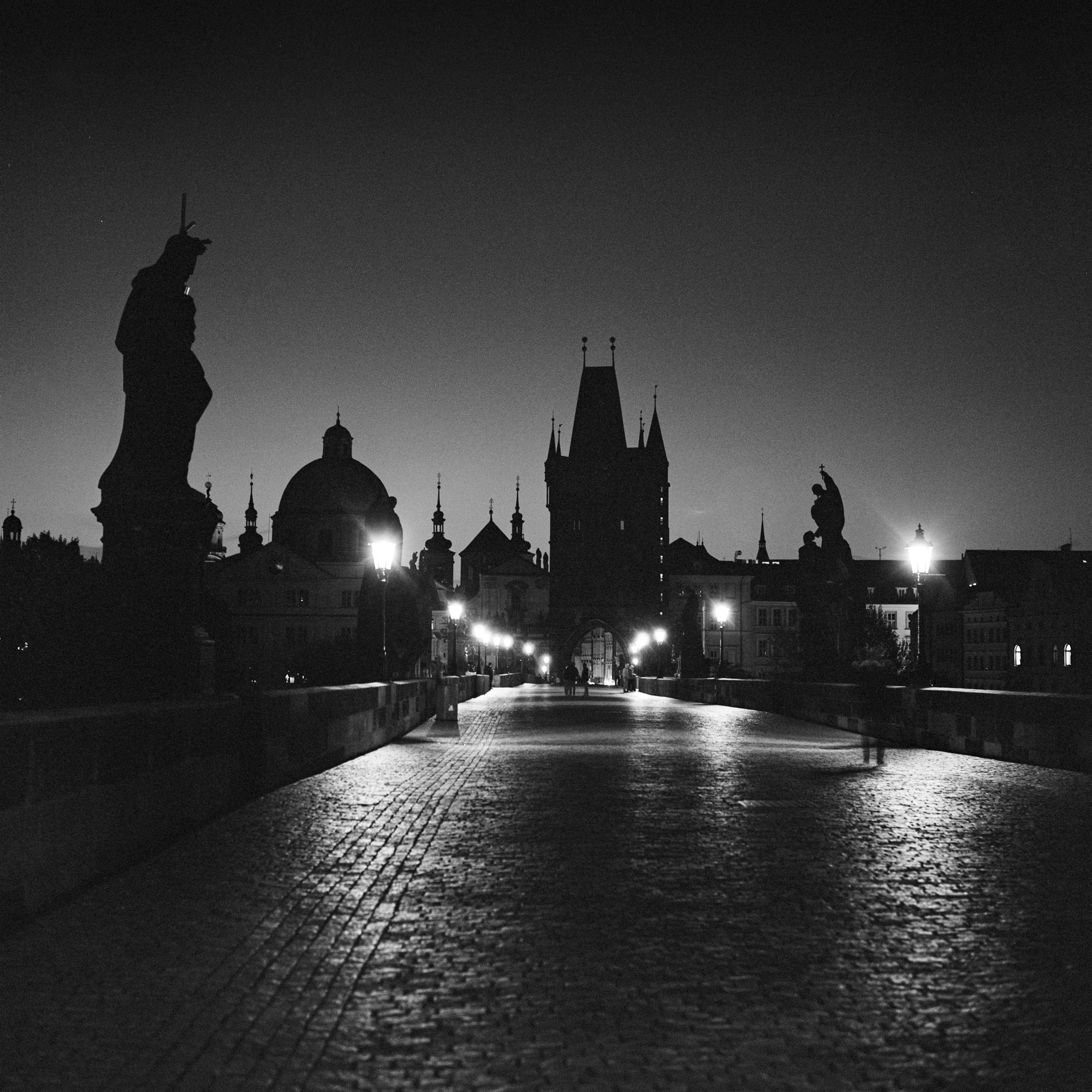
In genres where digital excels, it may seem odd to choose film. But those preconceptions can be used to great effect as a way to differentiate from the competition. Take the case of Joshua Paul, who photographs the F1 pitlane using a 1913 Graflex 4x5-inch camera or David Burnett who photographed Donald Trump’s 2019 impeachment hearings on a large 1940s wooden 4x5-inch box camera. Neither photographer would suggest theirs was the most convenient way to capture images, but both achieved international recognition as well as stunning results that differed from those of their digital peers.
As those examples attest, being able to competently shoot film is undoubtedly another string to a photographer’s bow. The ability to flex and switch between mediums for the right project is a differentiator and, in a competitive industry, differentiators are valuable commodities.
While not all projects are commissioned, some professional photographers shoot film for personal or passion projects. This is a way to diversify and satiate their own interests in film without being beholden to a client. Film is distinct enough from the digital day job to retain the pleasure and enjoyment of making pictures while the images go on to form part of their portfolio, showcasing a preferred style of shooting to prospective clients.
Indeed, some photographers have garnered critical acclaim through personal projects. Alys Tomlinson, an editorial, design and advertising photographer, won the Sony World Photographer of Year in 2018 for her ‘Ex Voto’ project – all shot on black and white film. Craig Easton, another British editorial and advertising photographer, won the same title in 2021 for his ‘Bank Top’ project, again shot on film.
However, the move back to film isn’t just for photographers. Major motion pictures are still being made on film, including blockbusters such as the latest James Bond and Star Wars movies or award-winning TV series, such as Succession. Presumably, a preference of the director, cinematographer or movie studio because it enables the aesthetic they want to achieve. Perhaps, though, it is simply just their preferred medium.
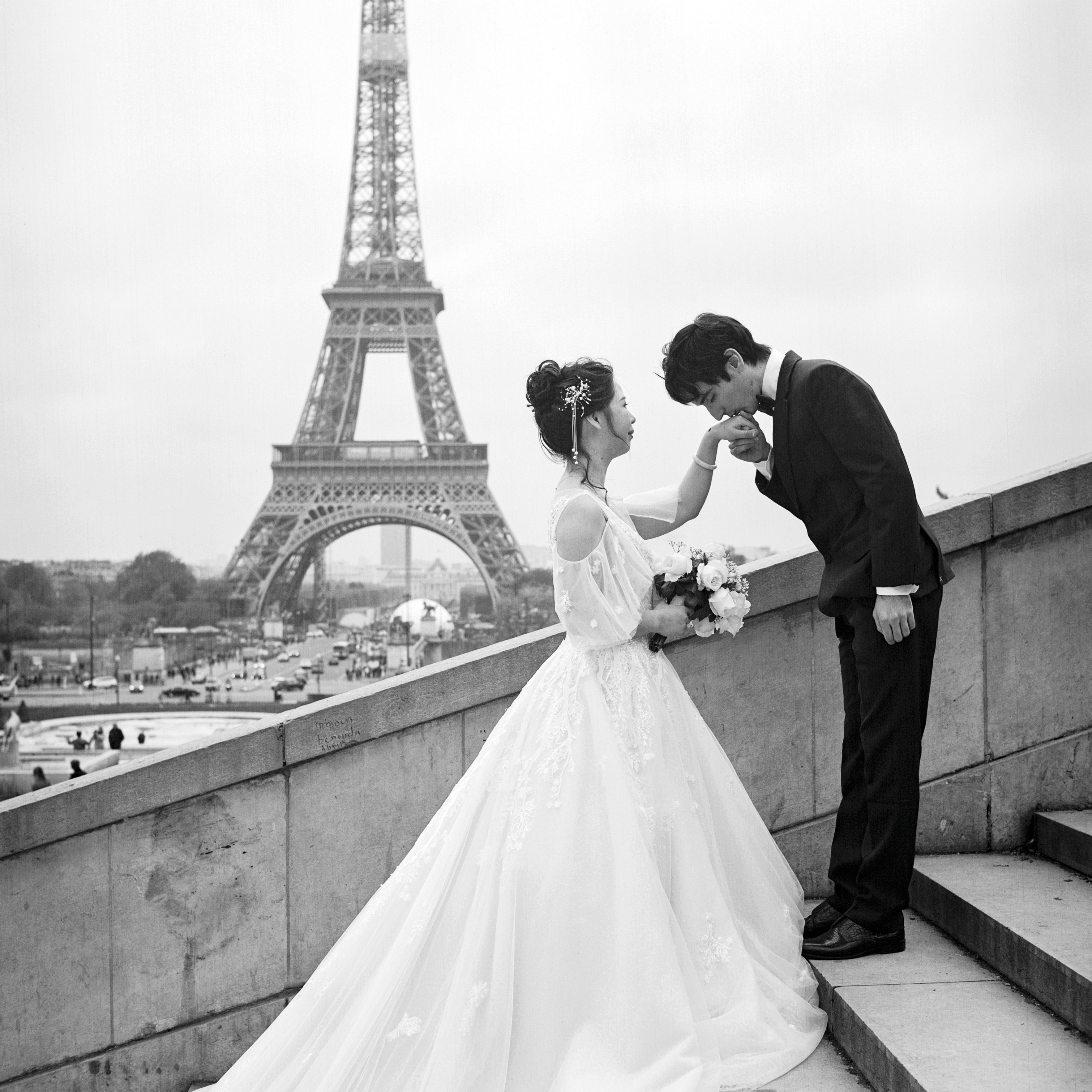
What films are still being made?
There are three formats of film still manufactured on a large scale – 35mm
(135), medium format (120 roll film) and large format sheet film. These are available in color negative, black and white negative and color reversal (slide) films.
• Want to buy the best film for 35mm cameras?
Big names, such as Kodak and Ilford, are the primary manufacturers with a large selection of films covering the major formats, while another familiar name, Fujifilm, is still around but with a heavily consolidated range.
Increased demand has also seen the emergence of relatively new but popular brands, such as CineStill and Lomography, who repurpose emulsions, including motion picture and surveillance films, into cassettes and rolls.
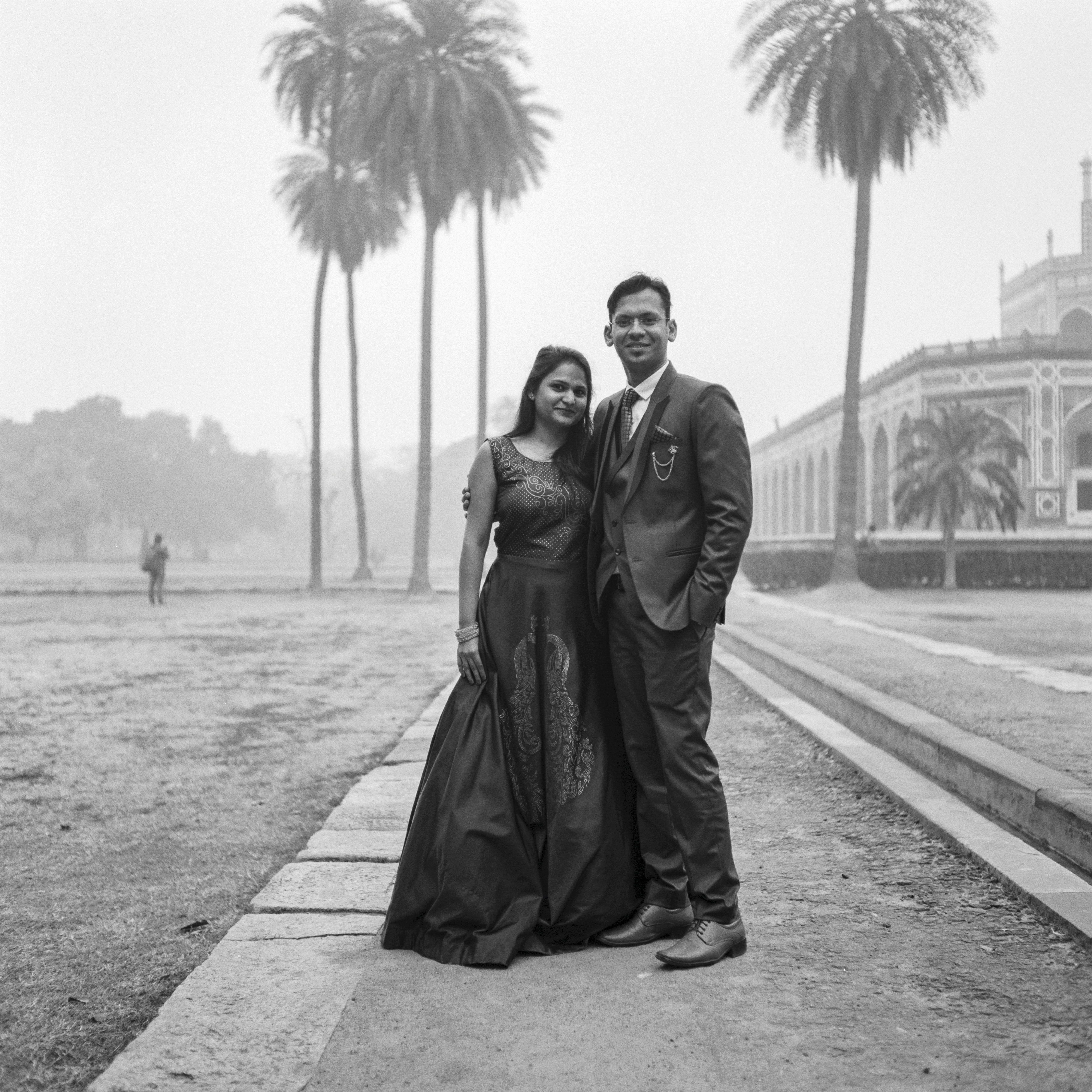
If I decide to start using film, should I shoot in black and white or color?
Using black and white film is a conscious choice you make at the outset of any shoot and thinking and seeing in black and white is a great learning experience. Black and white offers the widest choice of films, is the most affordable, readily available and is perfect for both new and experienced shooters. It is easiest to home develop and print in the darkroom, which in turn provides an extra level of creative control over the final image. Ilford, Kentmere, Kodak and Foma are the main brands to consider.
On the other hand, color film ranges from consumer to pro standard with a few quirky options thrown in for good measure. It is typically more expensive, particularly at the pro end. Kodak dominates color film with a superb choice at both ends of the market, while Fujifilm, CineStill (repurposed Kodak motion picture film) and Lomo are excellent alternatives.
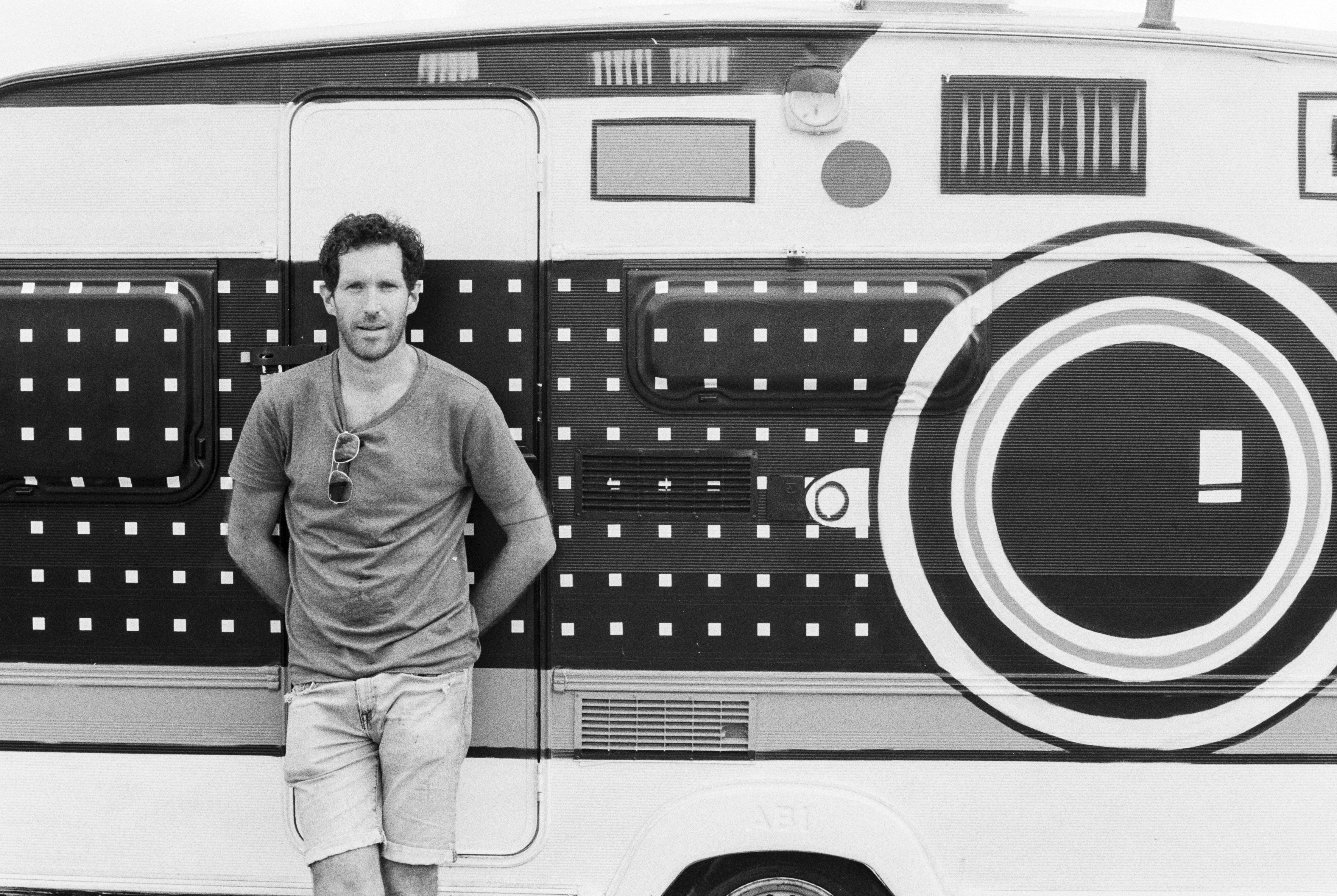
There are many ways to generate an income through film photography, whether in a professional or semi-professional capacity. Entrepreneurs have set up and run small labs or learnt how to give new life to old analogue film cameras, while others have sold their silver gelatin prints at art fairs.
Given that there is currently an increased level of interest in film photography, many photographers have turned to education, running courses on shooting, processing or printing, while there are plenty of YouTubers and bloggers generating income through film-only content.
This buoyant segment of photography, which is refreshingly non-reliant on technology and innovation, has given rise to an adjacent industry of complementary, often crowd-funded, products. Emerging companies now manufacture 3D large-format cameras and use the latest LED lighting for scanning or enlargers. They have also reinvented cold shoe light meters as well as devices to help the scanning of negatives with digital cameras.
What about film cameras?
Countless different film cameras were made over many decades, creating an abundance of choice. Unlike digital cameras and its sensor, film cameras are essentially light-tight boxes. Form, build quality, functionality and lens choice are the key differentiators to consider.
• Check out: the best film cameras
Many pro shooters will opt for a higher-end medium format camera, such as a Pentax, Mamiya or Hasselblad, to benefit from the larger negative, but options are admittedly more limited here as demand has increased and prices surge. There are, however, plenty of superb 35mm cameras, some early precursors to modern DSLRs, while the manual-only models of the 1970s are more fun to shoot. For the ultimate in image quality, a large-format camera might be the way to go
There are plenty of bargains to be found, with eBay and Facebook Marketplace being good starting points for any search and to get an indication of prices. However, for peace of mind and a warranty, it is worth considering a specialist second-hand film camera retailer.
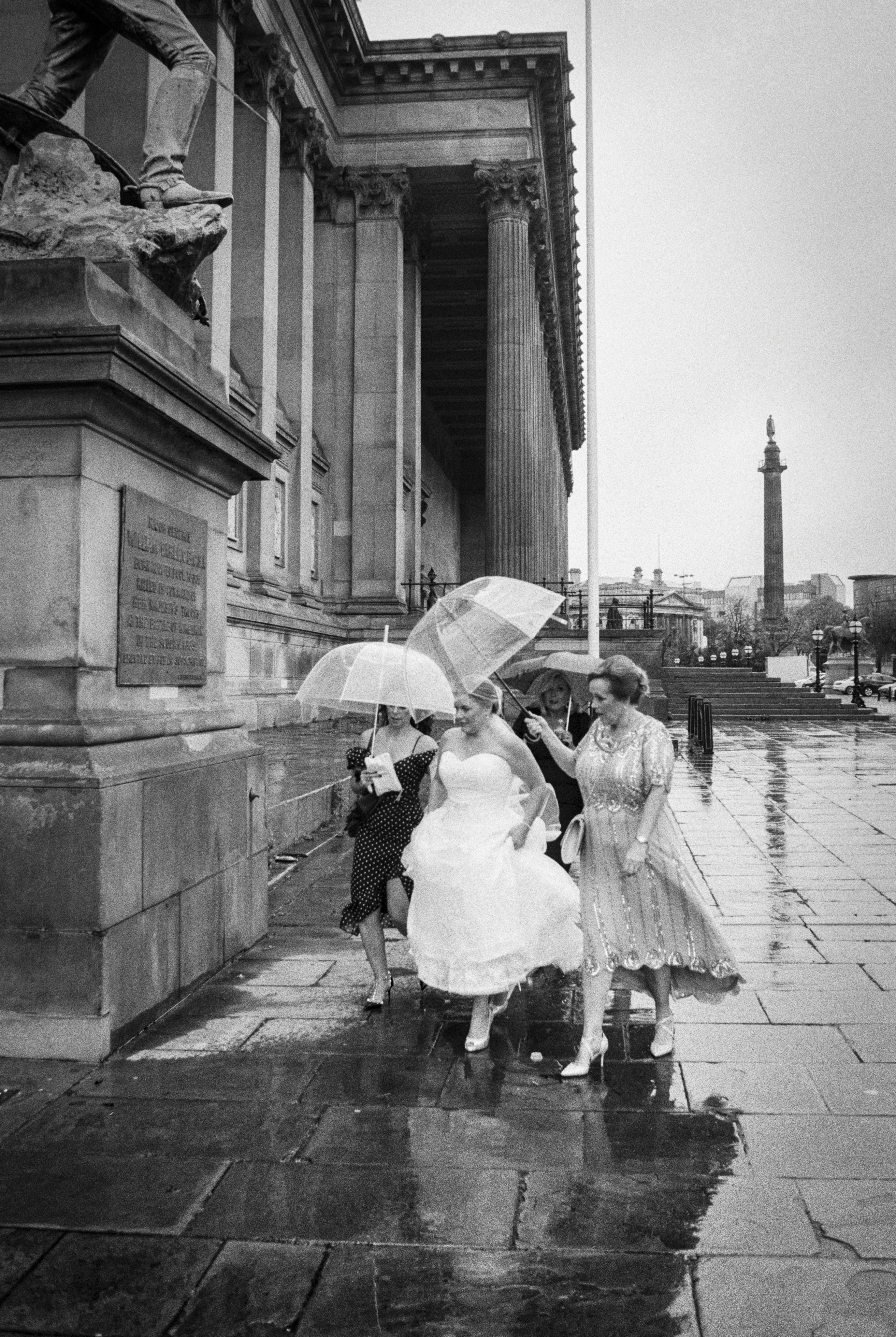
How do I develop my films?
For ease and convenience, you can send your films off to a lab that offers developing, scanning and printing services. However, for maximum control over your negatives, particularly black and white, home processing is a great option. It is affordable, easy to do and allows you to choose a specific developer to bring out your desired characteristics. All the equipment and chemicals for home developing are readily available and there is plenty of ‘how to’ help and guidance online.
How do I digitize my negatives?
Most labs will offer a scanning service at different tiers from low to high-res. This is the most convenient route if outsourcing the processing. If you home process or want greater control over your scans then use your digital camera and a macro lens mounted onto a copy stand or tripod. There's also the best film scanners.
You will need a good light source to backlight your negatives and something to keep them completely flat. You can find examples of DIY setups online or invest in one of the many options that have hit the market recently from companies such as Negative Supply, Valoi, Pixl-Latr and others.
When scanning negatives, especially color, you will also need some software to convert your raw files into positive images. Film Lab app and Negative Lab Pro are the two leading options while flatbed scanners normally come bundled with their own proprietary software.
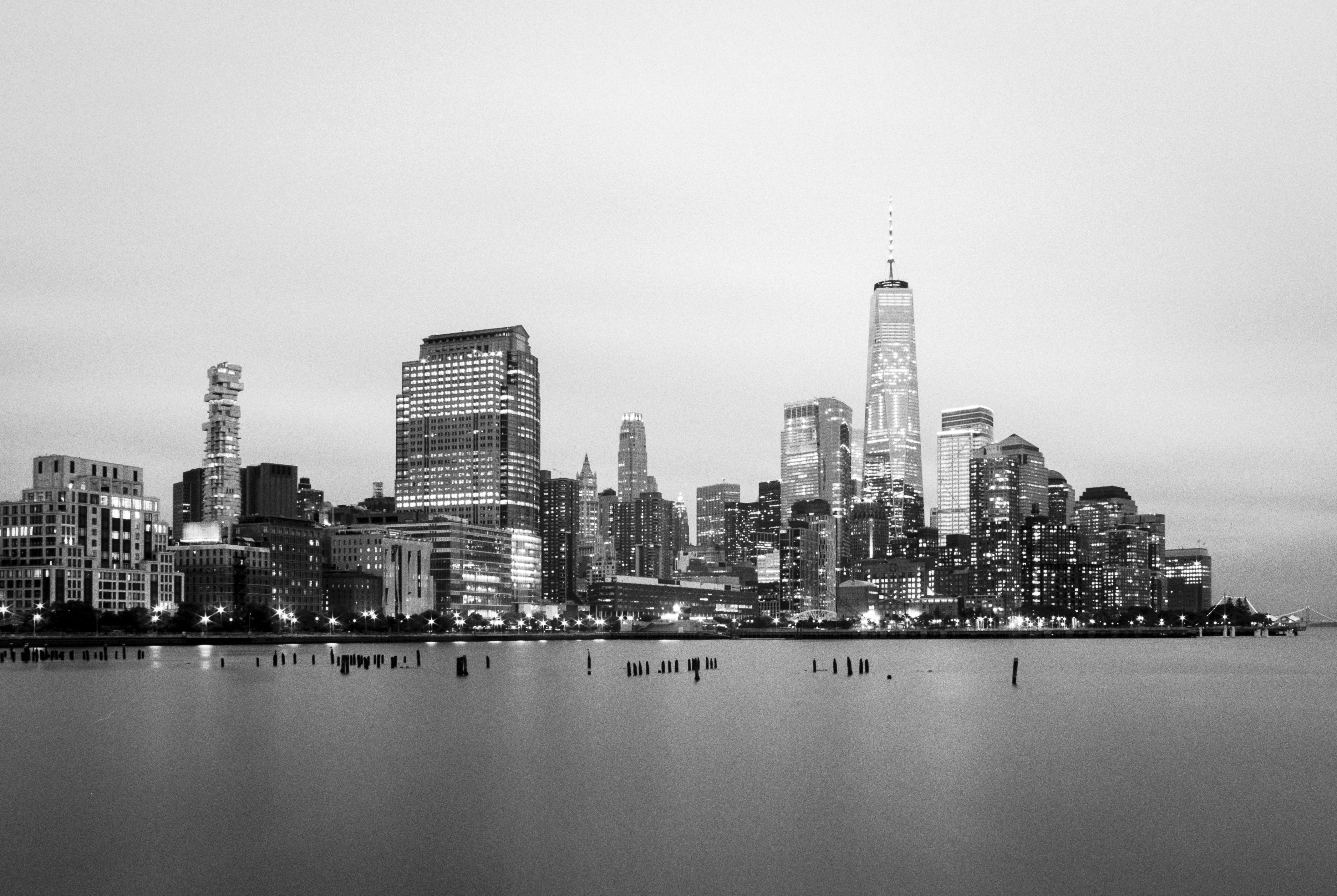
Should I attempt to do darkroom printing?
One of the biggest differentiators between film and digital is the tangible nature of the medium. Having a negative allows you to make a darkroom print, which is one of the most creative, fun and rewarding aspects of film.
• Here's the best darkroom equipment
Unlike inkjet prints, silver gelatin prints are unique, handmade and have greater permanence, which means they have greater value either when selling or offered as an added-value service. It is easier than you may think to set up a temporary or permanent darkroom at home, while it is also possible to rent time in darkrooms around the country.
Read more
Ilford's pop-up darkroom
The best film for large format cameras
The best professional cameras
Digital Photographer is the ultimate monthly photography magazine for enthusiasts and pros in today’s digital marketplace.
Every issue readers are treated to interviews with leading expert photographers, cutting-edge imagery, practical shooting advice and the very latest high-end digital news and equipment reviews. The team includes seasoned journalists and passionate photographers such as the Editor Peter Fenech, who are well positioned to bring you authoritative reviews and tutorials on cameras, lenses, lighting, gimbals and more.
Whether you’re a part-time amateur or a full-time pro, Digital Photographer aims to challenge, motivate and inspire you to take your best shot and get the most out of your kit, whether you’re a hobbyist or a seasoned shooter.
- Lauren ScottFreelance contributor/former Managing Editor

